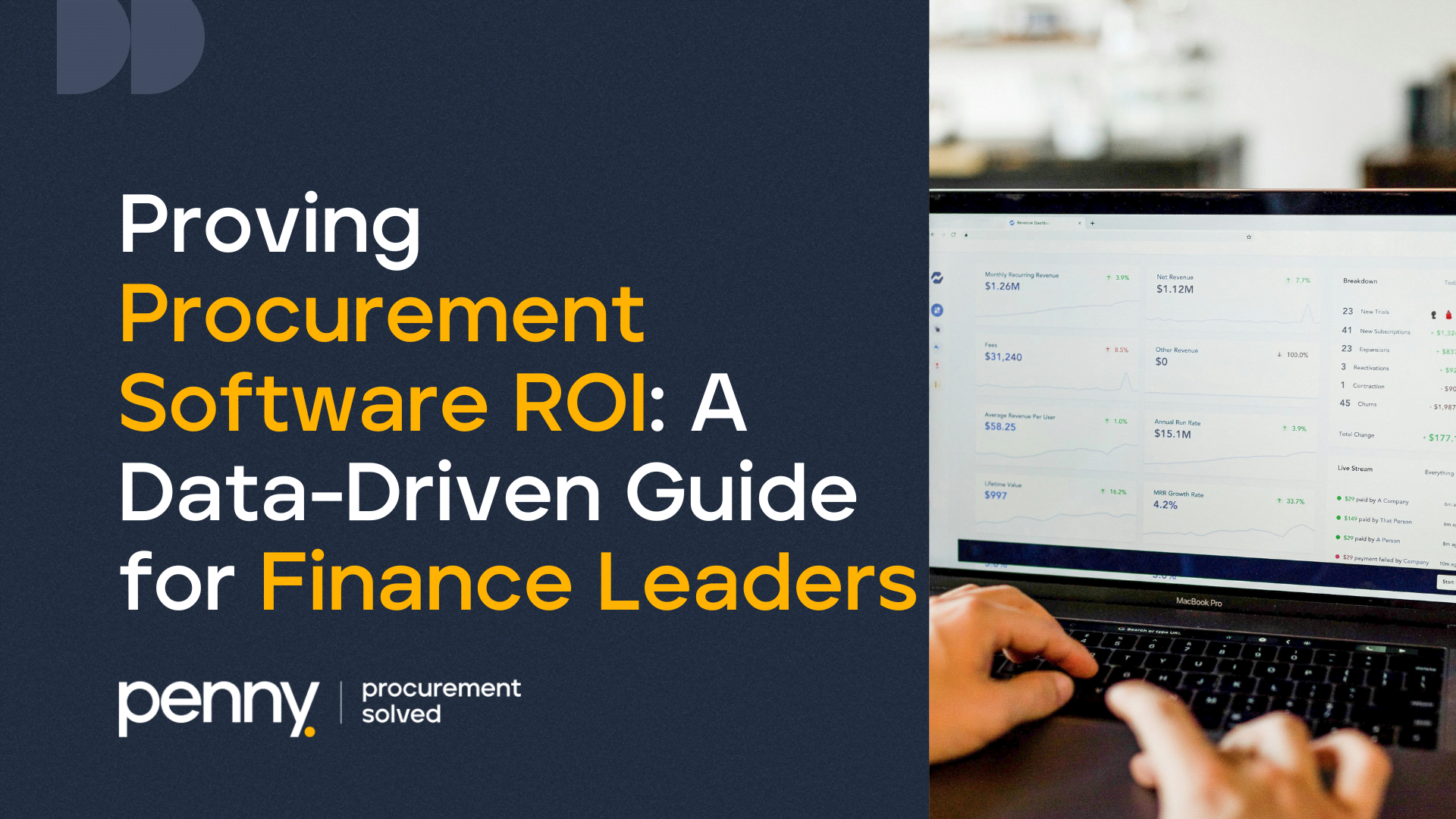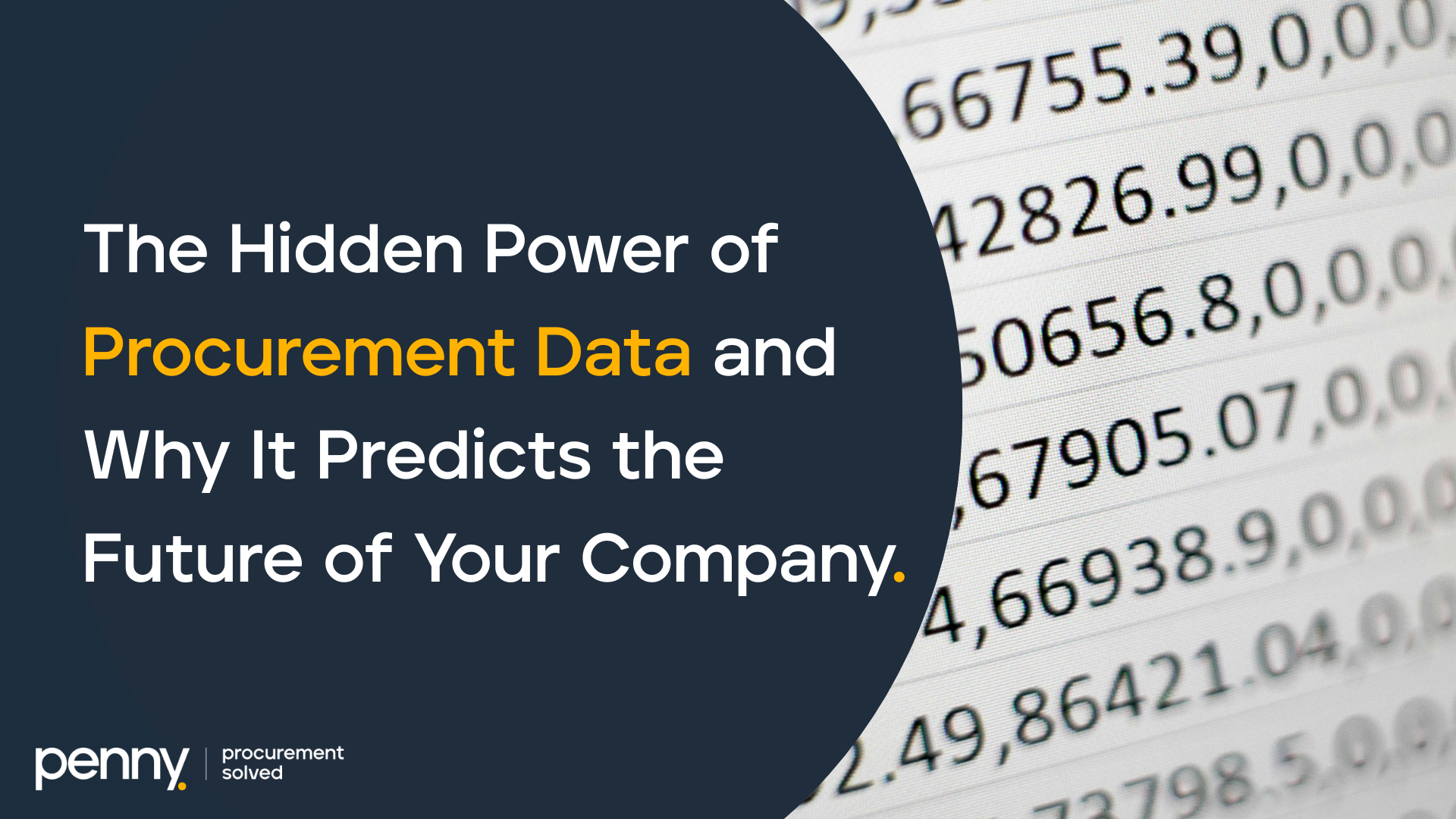
In today’s competitive landscape, procurement isn’t just about cost cutting; it’s a strategic pillar for financial health and operational excellence. Yet many procurement leaders still struggle to demonstrate the tangible return on investment (ROI) of their software initiatives.
It’s no longer enough to talk about “efficiency gains” or “streamlined processes.” Finance leaders, particularly CFOs, expect concrete, quantifiable data and a clear link to the bottom line.
This guide provides a structured, data driven framework to prove procurement software ROI, turning abstract benefits into measurable financial impact.
The Core Financial Drivers of Procurement Software ROI
To effectively demonstrate ROI, focus on the areas that resonate most with financial stakeholders. The fundamental drivers include:
1. Cost Savings and Avoidance
Procurement software centralizes spend, strengthens negotiation power, and uncovers opportunities for direct and indirect savings. By consolidating purchasing volume and improving supplier management, organizations can secure better terms, optimize contracts, and prevent unnecessary spend.
2. Process Efficiency and Productivity
Manual processes are bottlenecks that drain resources. Software eliminates repetitive tasks, shortens cycle times, and frees teams for higher value work. These efficiency gains can be translated into monetary savings by quantifying reduced labor hours and faster throughput.
For example, Penny’s procure to pay platform automates everything from purchase requests and approvals to invoice matching, reducing manual input, cutting errors, and allowing procurement teams to focus on strategy.
3. Risk Mitigation and Compliance
Ineffective supplier management, weak compliance, and poor spend visibility expose organizations to financial and reputational risks. Procurement software enforces policy adherence, ensures transparency, and provides real time insights to protect against costly penalties and supply disruptions.
4. Cash Flow Optimization
Procurement directly impacts working capital. With better visibility, organizations can optimize payment terms, consolidate invoices, and improve forecasting. This improves liquidity and frees up capital that would otherwise be tied to excess inventory or delayed processes.
Building the ROI Story for the CFO
To secure buy in, procurement must speak the language of finance. That means linking procurement metrics directly to financial statements:
- Show how savings reduce Cost of Goods Sold (COGS).
- Highlight how improved efficiency lowers operating expenses.
- Demonstrate how stronger supplier terms improve EBITDA margins.
When procurement leaders frame results in financial terms, they create a clear narrative of measurable improvement that resonates with CFOs.
From Benefits to Auditable Financial Impact
Penny turns abstract procurement benefits into verifiable outcomes. With transparent reporting and continuous ROI tracking, organizations can present an irrefutable case for investment in procurement technology. This positions procurement not just as a cost center but as a strategic enabler of growth, resilience, and financial strength.
Conclusion
Proving procurement software ROI with real numbers is not just possible, it is essential. By focusing on the core financial drivers, measuring ROI with precision, and translating results into the language of finance, procurement leaders can secure alignment with executives and ensure continued investment.
Ready to quantify the value of procurement?
Access our Procurement ROI Calculator to model your potential savings and efficiency gains.

